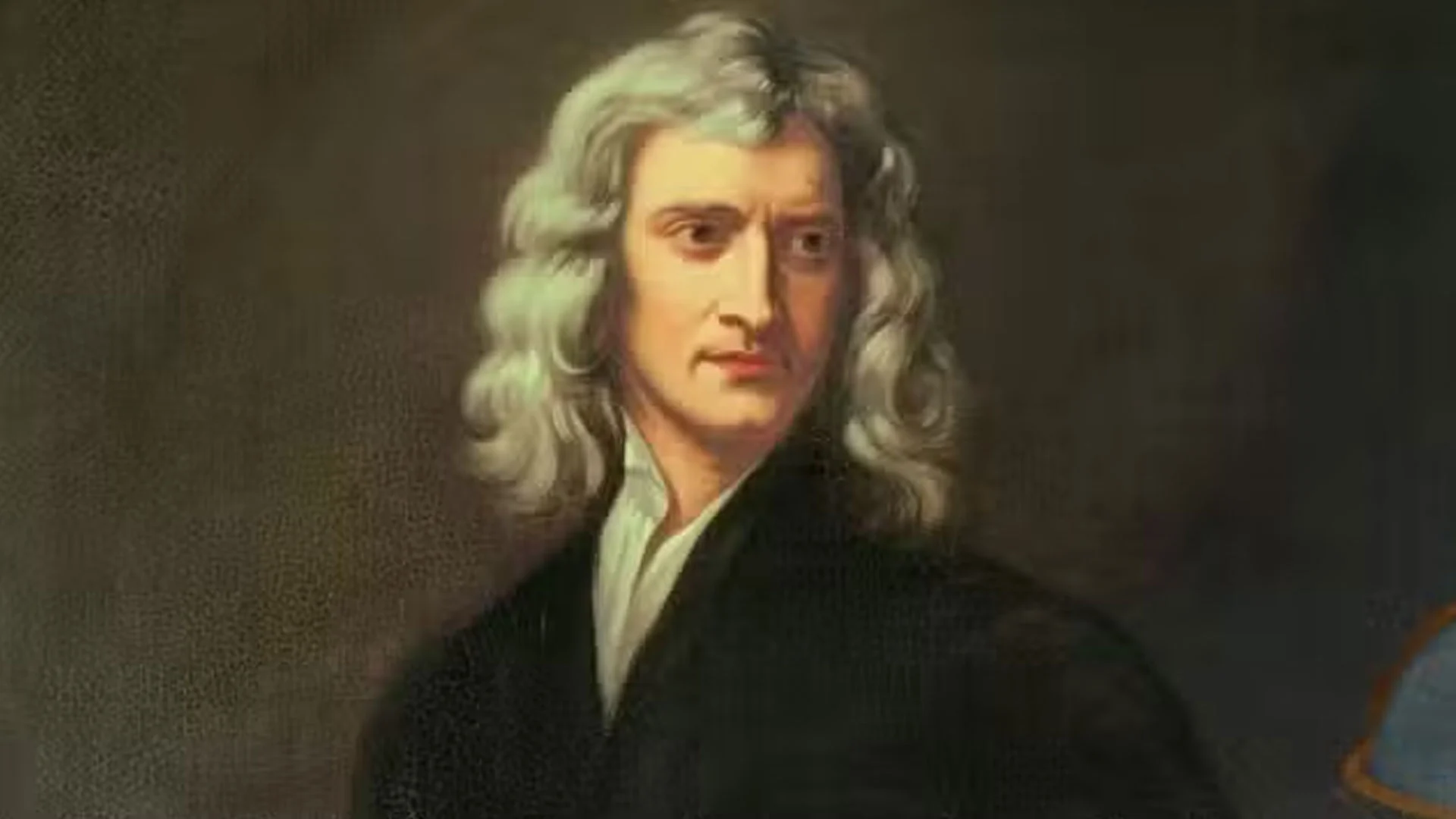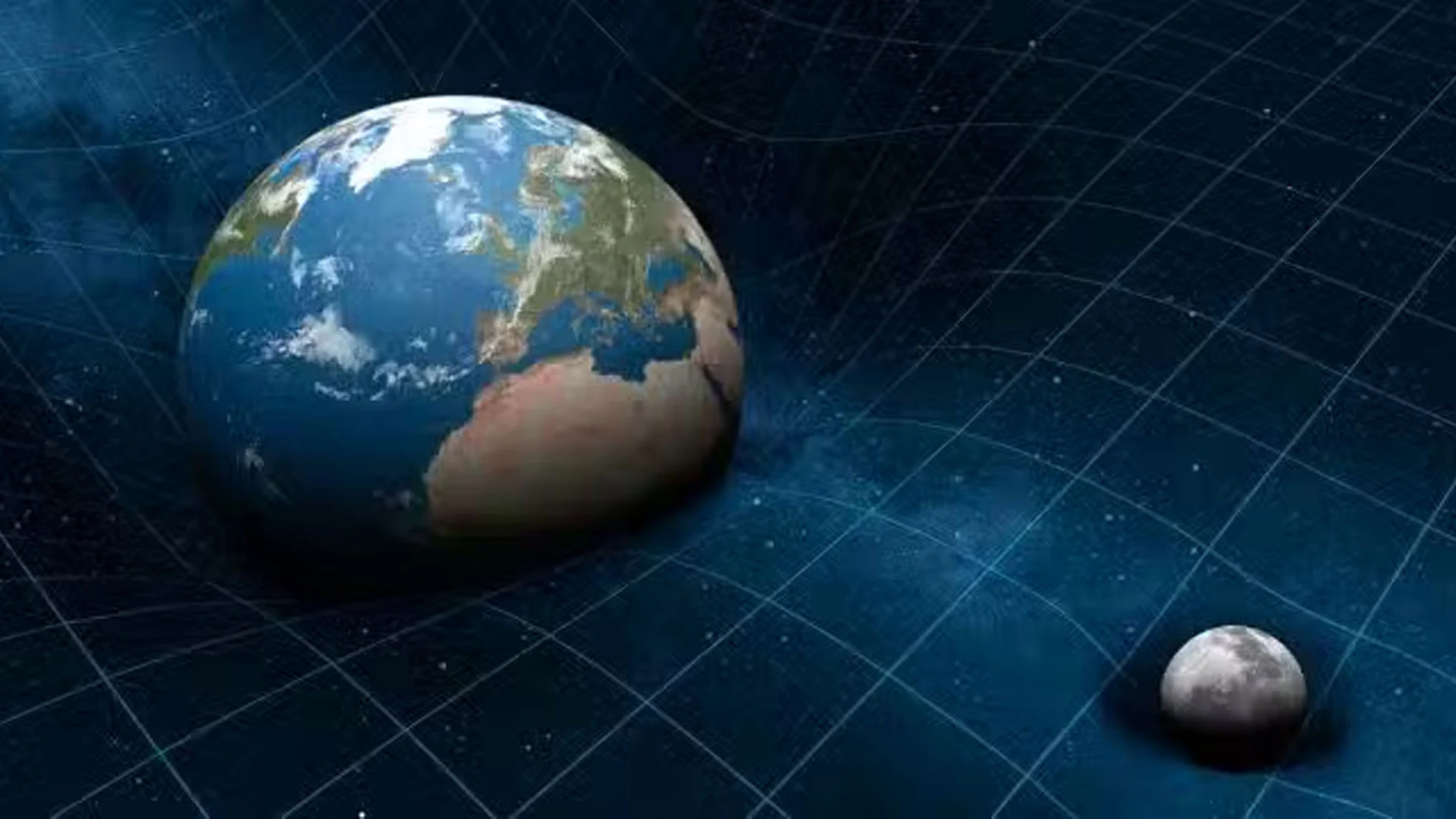The term gravity derives its name with the Latin term gravitas that simply means weight. Among the major things this force is said to do include hold us here in earth, provide weightiness to things and regulating the tides of the ocean.
Who Found Gravity?

The discovery of the gravity is attributed to an English mathematician and physicist known as Sir Isaac Newton. The famous tale amongst them is of him watching an apple fall out of a tree that subsequently made him contemplate the nature of physics.
The observation made him know that there was a force that was making the apple fall down to the earth and that the same force could exist all over the solar system. He came up with the theory of gravity and a law of gravitational force in 1632 that was among the built principles of solar system mechanics that enabled scientists to contribute to the comprehension of the mechanics of the solar system.
How Do We Measure Gravity?

Measuring gravity Gravimetry is performed with the use of a tool referred to as a gravimeter. The device measures the intensity of a gravitational field by taking the constant downward acceleration under gravity.
The gravitational pull on the surface of the earth has been known to change by about 0.5 percent in the different directions and this is mainly attributed to the gravitational attraction of the sun and the moon with the help of gravimeters. They have applications in other areas, e.g. geophysical surveys, mining and seismology.
اصطلاح کشش ثقل اس کا نام لاطینی اصطلاح گریوٹاس سے اخذ کیا گیا ہے جس کا مطلب ہے وزن۔ اس قوت کے بارے میں جو بڑی چیزوں کے بارے میں کہا جاتا ہے ان میں شامل ہیں: ہمیں یہاں زمین پر رکھنا، چیزوں کو وزن دینا اور سمندر کی لہروں کو منظم کرنا۔
کشش ثقل کس نے پایا؟
کشش ثقل کی دریافت کا سہرا ایک انگریز ریاضی دان اور طبیعیات دان سر آئزک نیوٹن سے منسوب ہے۔ ان کے درمیان مشہور کہانی یہ ہے کہ وہ ایک سیب کو درخت سے گرتے ہوئے دیکھتا ہے جس نے بعد میں اسے طبیعیات کی نوعیت پر غور کرنے پر مجبور کیا۔
اس مشاہدے سے اسے معلوم ہوا کہ ایک ایسی قوت ہے جو سیب کو زمین پر گرا رہی ہے اور یہی قوت پورے نظام شمسی میں موجود ہو سکتی ہے۔ وہ 1632 میں کشش ثقل کا نظریہ اور کشش ثقل کا ایک قانون لے کر آیا جو نظام شمسی کے میکانکس کے بنائے گئے اصولوں میں سے تھا جس نے سائنس دانوں کو نظام شمسی کے میکانکس کو سمجھنے میں اپنا حصہ ڈالنے کے قابل بنایا۔
ہم کشش ثقل کی پیمائش کیسے کرتے ہیں؟
کشش ثقل کی پیمائش کشش ثقل ایک ٹول کے استعمال سے کی جاتی ہے جسے گریوی میٹر کہا جاتا ہے۔ یہ آلہ کشش ثقل کے تحت مسلسل نیچے کی رفتار کو لے کر کشش ثقل کے میدان کی شدت کی پیمائش کرتا ہے۔
زمین کی سطح پر کشش ثقل کو مختلف سمتوں میں تقریباً 0.5 فیصد تبدیل کرنے کے لیے جانا جاتا ہے اور اس کی بنیادی وجہ کشش ثقل کی مدد سے سورج اور چاند کی کشش ثقل کو قرار دیا جاتا ہے۔ ان کے پاس دوسرے علاقوں میں درخواستیں ہیں، جیسے جیو فزیکل سروے، کان کنی اور سیسمولوجی۔









